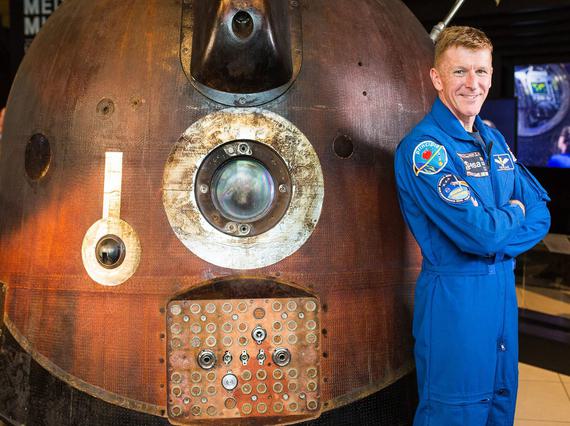
About Tim Peake’s Spacecraft
This display showcased the Soyuz spacecraft used for European Space Agency Astronaut Tim Peake’s Principia Mission to the International Space Station.
As the only Scottish venue on the tour of this spacecraft, this was an unmissable chance to see the Soyuz TMA-19M used to return to Earth on 18 June 2016. As the European Space Agency's first British astronaut, Tim Peake spent six incredible months aboard the International Space Station conducting experiments, walking in space and even running a marathon.
Visitors could also experience Tim Peake’s journey back to earth in the Soyuz space capsule in a virtual reality adventure. They joined Tim Peake for a thrilling 250-mile descent back to earth and see space through the eyes of an astronaut. Tim Peake was the guide for this out-of-this-world virtual reality mission that put visitors in the pilot's seat of a Soyuz capsule - just like the one that brought him home.
Using the latest state-of-the-art Samsung Gear VR technology, visitors got a 360° look inside a Soyuz capsule and experienced the thrill of being an astronaut as they retraced Tim's journey back to Earth from the International Space Station.
Exhibition highlights

Soyuz TMA-19M spacecraft.

Tim Peake using Space Descent VR
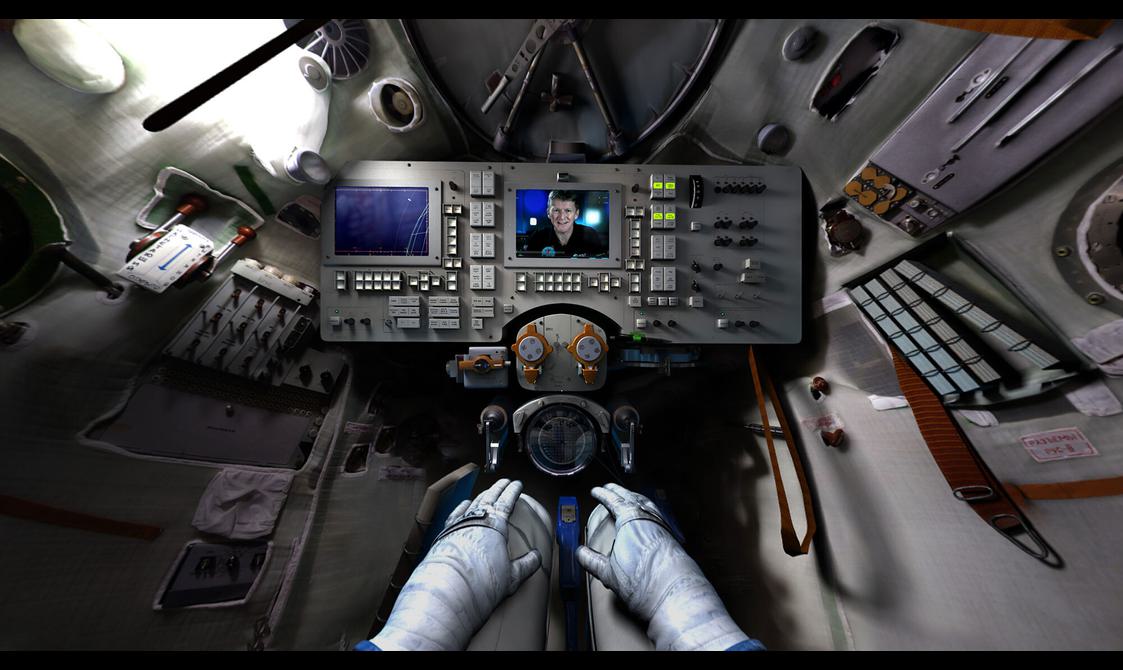
View from Space Descent VR with Tim Peake
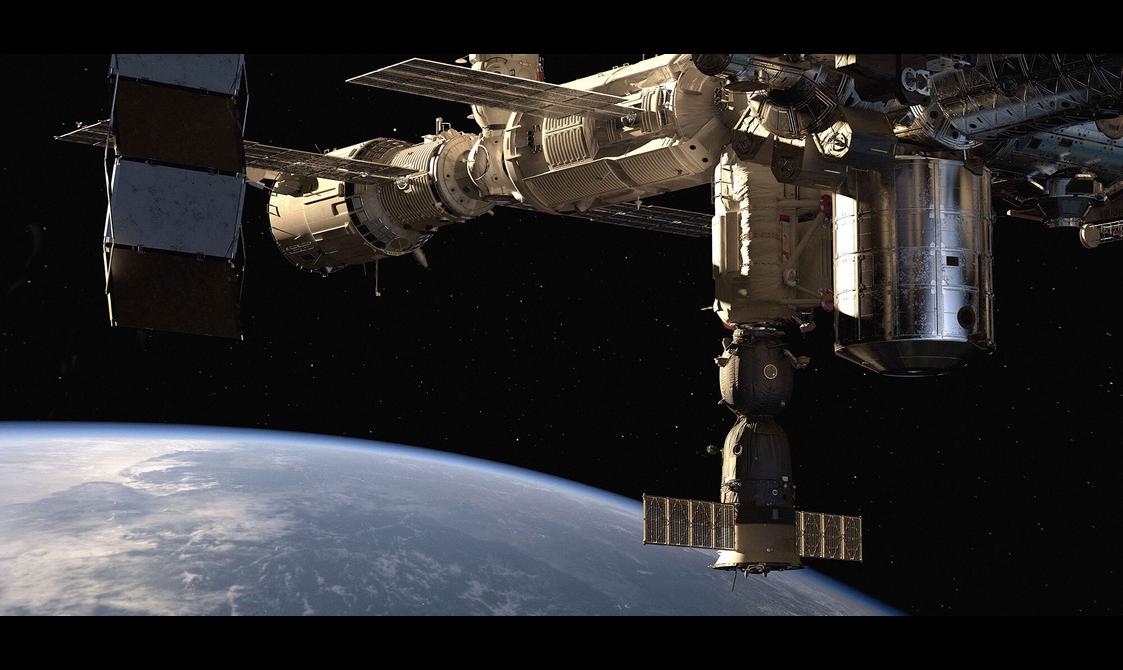
Space Descent VR with Tim Peake
You might also like
- Discover
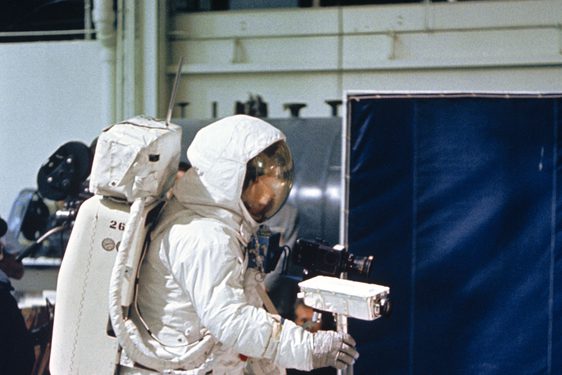
Broadcasting from the Moon: The first lunar camera
Apollo 11 was the first manned mission to land on the Moon on 20 July 1969. NASA used technology first developed in 1928 by the Scottish innovator John Logie Baird to develop a small, robust television camera that enabled the live…Keep reading - Discover
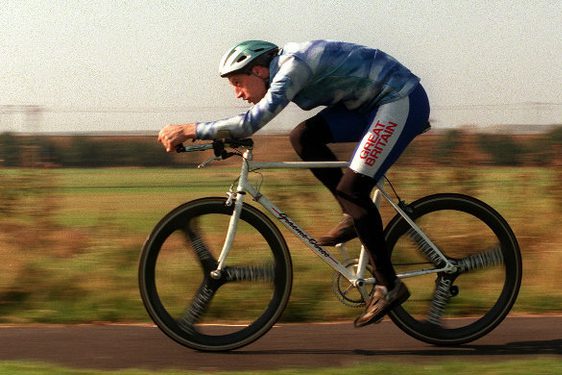
Graeme Obree: Breaking records on a homemade bicycle
Professional cycling is a serious (and costly) business. So how did a homemade bicycle, fashioned from scrap metal, come to break the World Hour Record in 1993?Keep reading - Discover
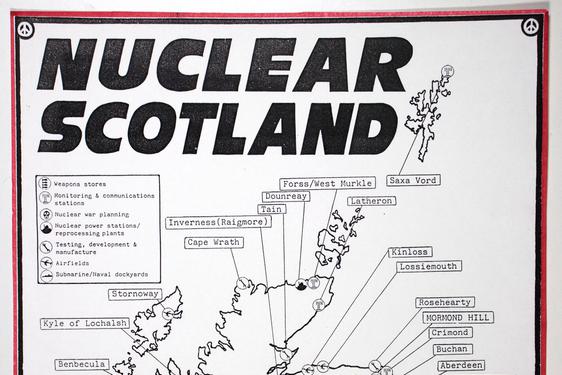
Nuclear Scotland during the Cold War
Nuclear power and nuclear weapons dominated the Scottish landscape, and people’s minds, during the Cold War. In 1959, Chapelcross, in Annan in southwest Scotland, became one of the first civil-military nuclear power stations in the world.…Keep reading